False ceilings are integral to modern interior designs, adding functionality and beauty to your living or working space. They make your space look amazing and offer benefits such as increased lighting, sound insulation, and concealment of unsightly wiring and pipes. YoHo Designs is one of the prominent names in interior design, specializing in false ceiling interior design in Bangalore, creating beautiful and functional ceilings that elevate any space. Our experienced team provides innovative solutions to meet your needs,
whether in a home or office space. YoHo Designs is a guarantor of designs that perfectly blend creativity with practicality.
False Ceiling Interior Design Services by YoHo Designs
We provide comprehensive false ceiling services and give a new life to your inner vision. Our experienced false ceiling designers in Bangalore ensure that every project is executed precisely, paying attention to every minute detail. It is about bringing a space aligned with the personality and maximizing functionality.
Types of False Ceilings We Offer
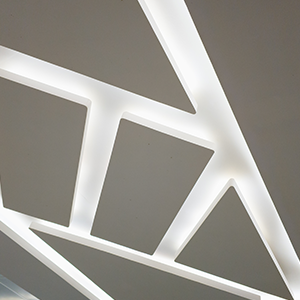
Gypsum False Ceiling
A popular choice for its smooth finish and lightweight properties, gypsum ceilings are ideal for modern homes and offices. They are versatile and can be shaped into various designs, making them perfect for creating a contemporary look.
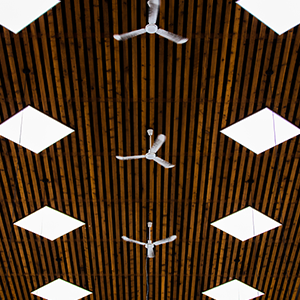
Wooden False Ceiling
Wooden ceilings add warmth and elegance to any room. They are a timeless option for creating cozy and luxurious spaces like living rooms or master bedrooms.
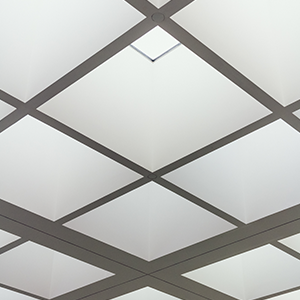
Fiber False Ceiling
Fiber ceilings are affordable and durable, often used in commercial spaces for their moisture resistance and lightweight structure.
.png)
POP (Plaster of Paris) False Ceiling
Known for its versatility, POP ceilings are customizable and perfect for decorative designs. They are ideal for intricate patterns and unique layouts.
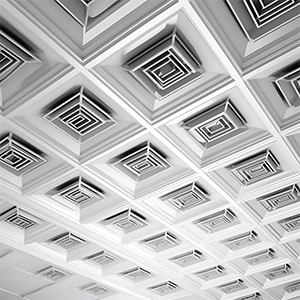
Metal False Ceiling
Metal ceilings are sleek, durable, and easy to maintain, making them suitable for industrial-style interiors and office spaces.
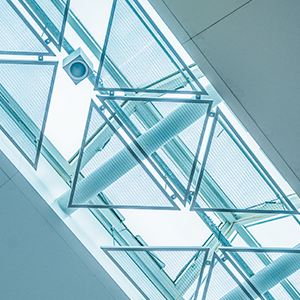
Glass False Ceiling
Glass ceilings provide a luxurious and spacious feel, reflecting light to brighten the room. They are often used in offices, retail spaces, or modern homes.
Why Choose YoHo Designs ?
Expertise
Our designers have years of experience crafting stylish and functional false ceilings.
Custom Designs
We create designs tailored to your taste and requirements.
Quality Materials
We use only high-grade materials to ensure durability and long-lasting beauty.
Affordable Solutions
Get premium-quality designs at competitive prices.
End-to-End Service
From concept to installation, we take care of everything.
Transform Your Space with YoHo Designs ?
False ceilings are more than just aesthetic additions—they improve lighting, soundproofing, and energy efficiency. At YoHo Designs, we aim to create designs that elevate the overall ambiance of your space. Whether you want a contemporary design for your hall or a classic wooden finish for your bedroom, our team has the expertise to deliver.
Let YoHo Designs bring your ideas to life with innovative false ceiling interior design solutions.
Contact us today to discuss your project!

